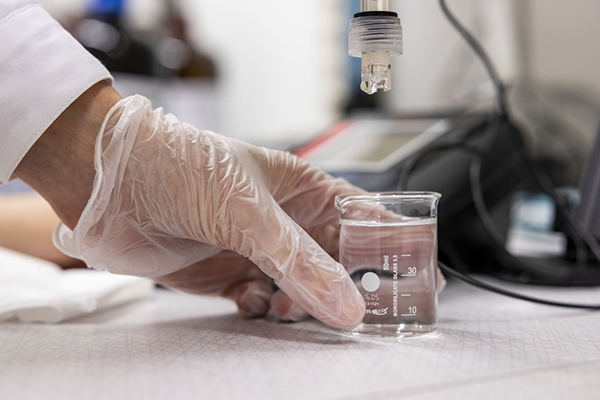The aim of the ISP is to strengthen the capability and capacity of low and lower-middle income countries to pursue research. It is a form of aid work with the aim of internationalising doctoral education.
At the start In the 1960s, it became evident that many students were unable benefit from their knowledge upon return to their home countries due to a lack of infrastructure. There were also many students who did not return to their home countries following many years of doctoral education abroad. These were the reasons for starting to use the sandwich model, which was combined with more long-term aid to higher education institutions.
“In short, the sandwich model enables students to switch between their home university and their host university during their studies,” says Peter Sundin, Programme Director for the International Science Programme at Uppsala University. “Naturally, it is up to the individual whether they wish to return to their home country or not. And the sandwich model has proven to be effective because, to a great extent, the students who participate do choose to remain in their home countries.”
It has also emerged that the sandwich model makes things easier for female students who can find it more difficult to be away from their home countries full-time for many years.
Funded by SIDA
The ISP is funded by the Swedish International Development Cooperation Agency (SIDA), with additional financial support provided by the Disciplinary Domain of Science and Technology.
“The funds from the disciplinary domain are primarily used for administration so that the development aid funds from SIDA are allocated to our collaboration partners.”
Stable research environment
The ultimate purpose of this aid is to create a stable research environment with good infrastructure and a local doctoral student programme that can apply for research funding in a competitive environment.
“It is long-term work; it can take ten to thirty years to build up a stable research environment.”
Over the years, the ISP has changed collaboration partners as the research environments they have collaborated with have got to the stage where they have been able to stand on their own two feet.
“Many of those we have worked with now have their own doctoral education programmes and are managing very well without us.”
Manages many students
There are currently three programmes at Uppsala University in physics, chemistry and mathematics that are part of the ISP. However, the sandwich model is used by research subjects on a broad scale via bilateral agreements that SIDA has, and all those students are managed by the ISP at Uppsala University.
“In Sweden, we are taking care of between 100 and 200 students at any one time. Of course, not all are at Uppsala University. We collaborate with many Swedish higher education institutions.”
In addition, not all the students are in Sweden. The aid from SIDA is also used to implement the sandwich model between two countries without any Swedish higher education institution being involved.
“We provide assistance with contacts between the countries and the higher education institutions if necessary, however, the supervisors often have the contacts needed.”
The sandwich model is also used by other countries for similar development aid, in Germany for example.
The pandemic was a challenge
Of course, it is difficult to write about anything now without taking aspects of the pandemic into account.
“Yes, of course the pandemic has presented us with some challenges. Travel became more difficult. Many visits had to be postponed and many students have had to extend their stays here in Sweden. It has been hardest for students who have had to postpone their visits. Students who have received extensions have been able to supplement their studies, for example by doing more experiments. Things are now progressing relatively normally thanks to coronavirus testing and vaccination certificates”
